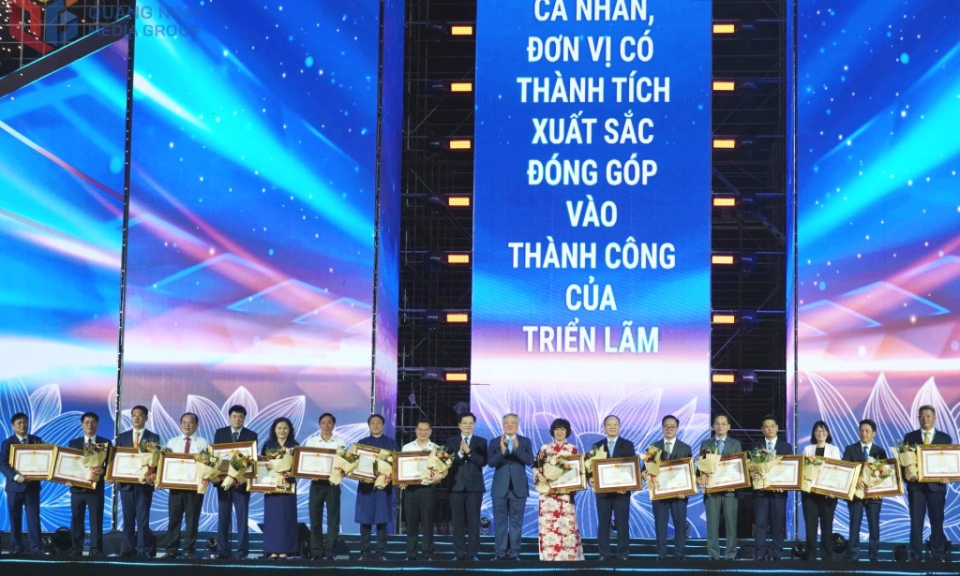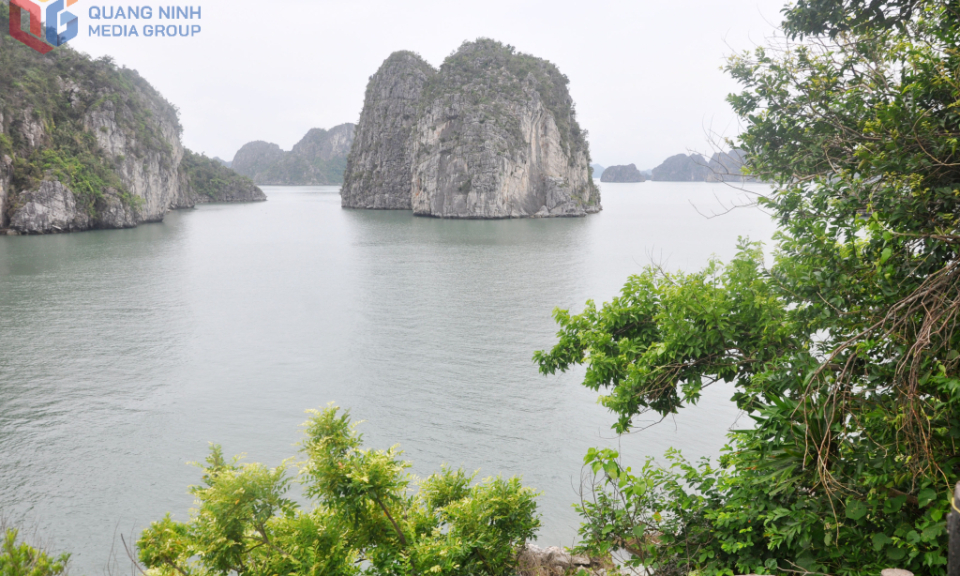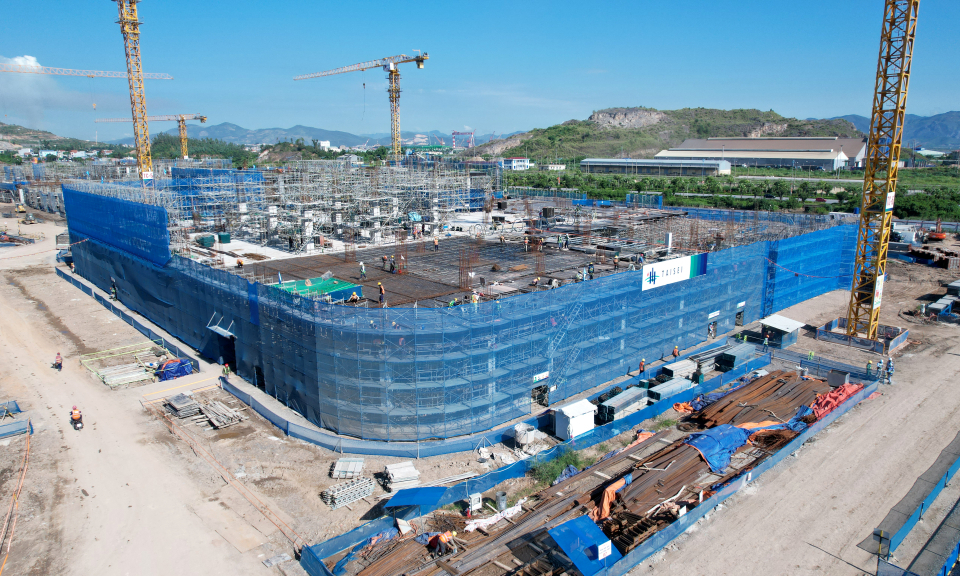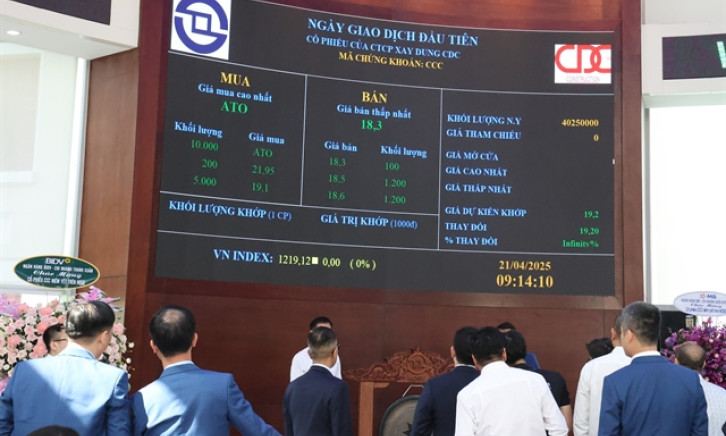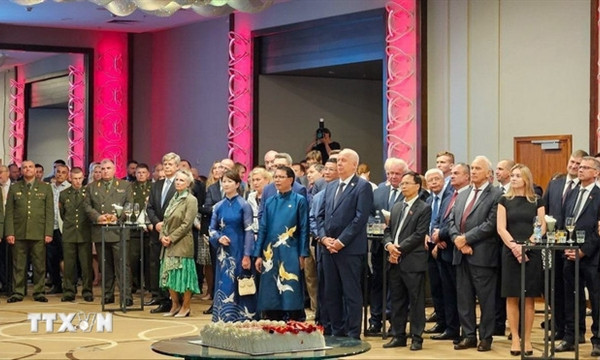Bình Định looks to break through in tourism sector
Bình Định is capitalising on its rich natural and cultural heritage to diversify offerings, developing high-quality and distinctive tourism products.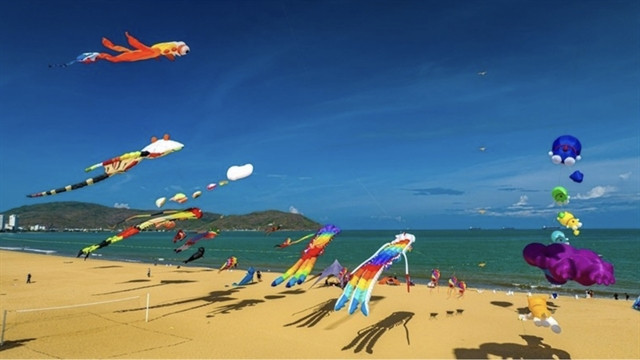
The south-central coastal province of Bình Định is strengthening efforts to elevate tourism as a key economic pillar through a comprehensive roadmap focused on infrastructure improvement, product diversification, digital transformation, and regional cooperation.
According to the Bình Định Department of Tourism, the province welcomed over 3.35 million visitors in the first quarter this year, marking a 20 per cent increase compared to the same period last year.
Despite these promising results, local authorities acknowledge that the sector still faces significant challenges, including limited product variety, modest service quality, and a lack of high-end infrastructure.
To address these issues, Bình Định has made a number of targeted solutions.
One of the top priorities is the upgrade of infrastructure, especially transport. The province is focusing on expanding key roads that link the city of Quy Nhơn with tourist areas such as Nhơn Lý, Cát Tiến, and Phù Cát Airport.
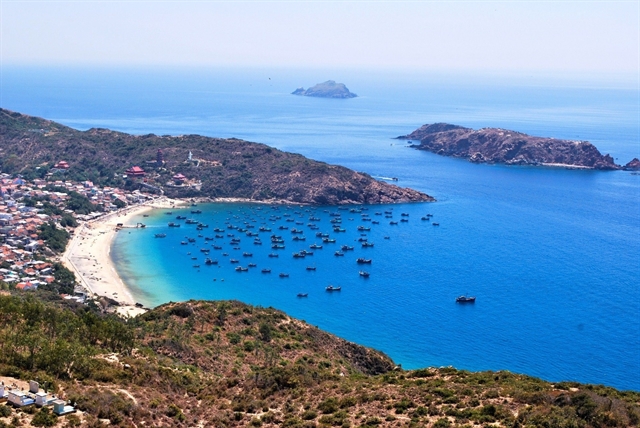
Investments are also being made in urban embellishment and beachside public spaces to enhance the tourist experience.
“Improving infrastructure is fundamental to unlocking Bình Định’s tourism potential,” said Lâm Hải Giang, vice chairman of the provincial People’s Committee (Administration). “We are committed to creating the best possible conditions for both investors and tourists through better connectivity and services.”
Another key initiative is the development of high-quality and distinctive tourism products. Bình Định is capitalising on its rich natural and cultural heritage to diversify offerings.
This includes coastal and marine tourism, spiritual and heritage tours, and unique experiences based on traditional martial arts and Chăm ethnic culture. The province has also set goals to foster night-time tourism and expand cultural festivals such as the Tây Sơn Tam Kiệt Festival, honouring national hero Nguyễn Huệ.
The local government is actively fostering regional cooperation with nearby provinces such as Đắk Lắk, Gia Lai, Kon Tum, Phú Yên, and Quảng Ngãi, aiming to build a shared tourism ecosystem. These linkages are expected to create inter-provincial tourism packages that combine coast, highlands, and cultural heritage routes.
“Tourism cannot develop in isolation,” Giang said. “By working together with neighbouring provinces, we offer more integrated, longer, and more attractive travel experiences for both domestic and international visitors.”
Human resource development is also receiving attention. The province is coordinating with universities and vocational training centres to enhance workforce quality in the tourism and hospitality sector. Training programmes focusing on foreign languages, customer service, and digital skills have been rolled out to equip service staff with the necessary competencies.
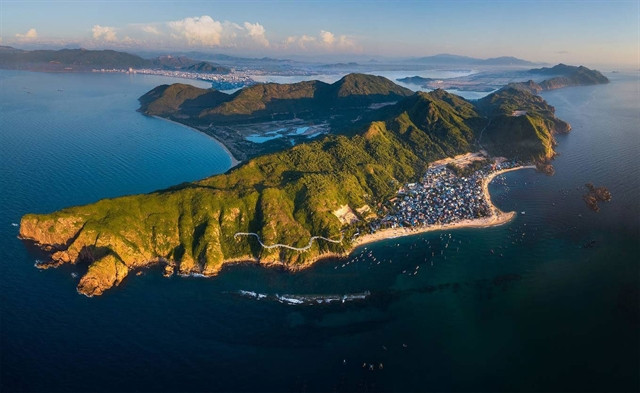
Bình Định is improving administrative procedures and offering incentives for large-scale tourism projects to attract investment. The province has over recent years approved numerous high-end developments, including resorts, golf courses, and entertainment complexes. These projects are concentrated in main tourism zones such as Kỳ Co, Eo Gió, and Cát Tiến, forming part of Bình Định’s long-term tourism planning.
In line with global trends, Bình Định is promoting digital transformation in tourism. The province has introduced smart tourism solutions, including mobile apps that provide virtual tours, destination information, and e-booking platforms. Digital maps and QR codes at tourist sites are also being deployed to improve convenience and accessibility for tech-savvy travellers.
Sustainability remains a cornerstone of Bình Định’s tourism development approach. The province is encouraging environmentally friendly business practices and promoting community-based tourism, particularly in coastal and mountainous areas. By involving local people in tourism activities, the province aims to ensure equitable economic benefits and cultural preservation.
Looking ahead, Bình Định plans to strengthen promotion activities both at home and abroad. The province is participating in international travel expos and working with airlines to open new domestic and regional routes.
With strong leadership, strategic planning, and cross-sector collaboration, Bình Định is well on its way to becoming a leading tourism destination in central Việt Nam — offering visitors a blend of pristine nature, cultural depth, and modern services.

